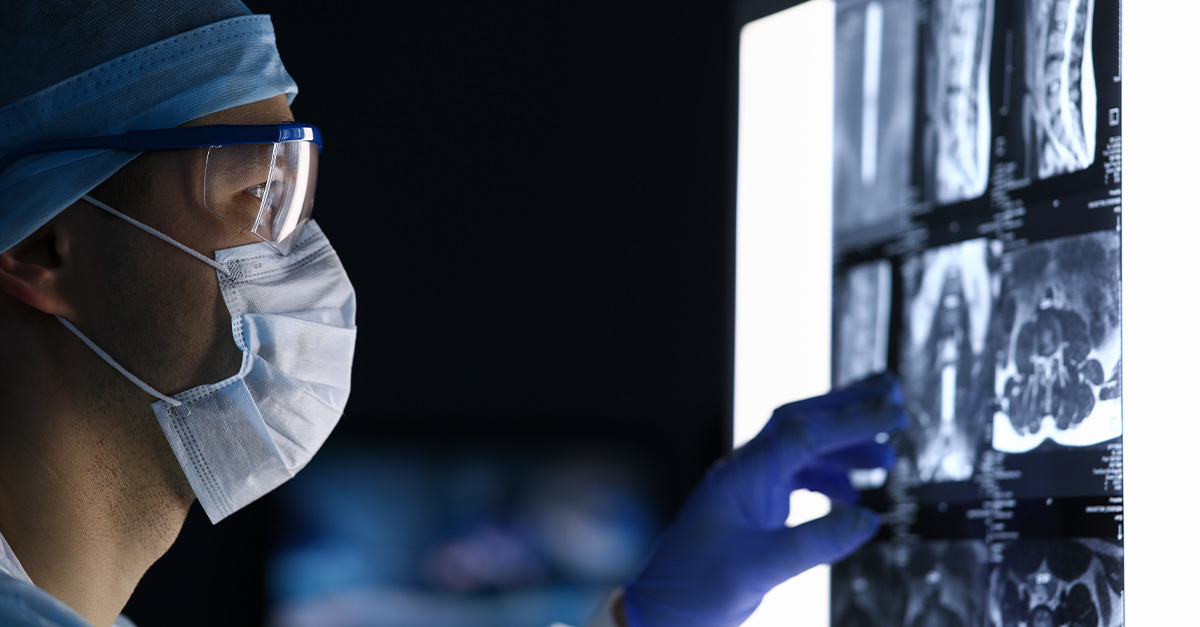Car accidents cause forceful, sudden physical impacts which can result in serious injury. According to the Insurance Information Institute, more than 4.7 million people were injured in car accidents during 2020 — making auto collisions one of the most common causes of injuries.
Depending on the nature of the accident and the symptoms you are experiencing afterward, a doctor may order diagnostic imaging. These services can help health experts check for any internal injuries which may not be readily apparent or assess the overall extent of a known or suspected injury.
Here are a few of the most common types of imaging we perform on people who have been involved in a car accident.
X-Rays
Most doctors will start by ordering an X-ray for anyone who could have suffered an injury. Also known as radiographs, these tests are the oldest and most frequently used type of medical imaging. Doctors primarily use them to look for broken bones and dislocated joints.
CT Scan or MRI
If there’s a suspected soft tissue injury, your doctor may order a CT scan or MRI in addition to or in lieu of an X-ray. Soft tissue injuries can include damage to the ligaments, tendons, muscles, and sometimes even internal organs. Whiplash — in which the head and neck muscles become overstretched after abrupt impact — is a particularly common example of this type of injury.
A computed tomography (CT) scan takes X-rays at different angles, to form cross-sectional images of bones and soft tissue. This offers a more detailed view than standard X-rays alone. They’re especially useful for examining people who have been involved in car accidents, because they can capture images quickly, allowing doctors to provide prompt medical intervention if needed.
If greater detail is required to identify the scope of an internal injury, MRIs may also be used. These scans use a combination of radio waves and magnets to capture images of internal organs and tissue without surgery. They’re commonly used to analyze the joints and connective tissue, though they can also detect herniated disks and take images of the brain in the case of head trauma.
Due to the increased detail of their imaging, MRIs may take longer, with most scans requiring 45 minutes or more per body part. CT scans, on the other hand, typically only take up to a half-hour. Thus, if only general images of an area are required, a CT scan may be recommended.
In some cases, doctors may order one or more of these imaging tests just to be safe. Symptoms of car accident injuries may not always be immediately apparent, especially for victims who are still experiencing shock. To that end, imaging is a useful tool for ruling out injuries or allowing doctors to quickly diagnose and identify issues that need prompt medical attention.
If you require imaging services, turn to Outpatient Imaging Culpeper for rapid services. Our facility has expanded evening and weekend hours to serve you when you need us most. Call (540) 321-3190 for more information.

